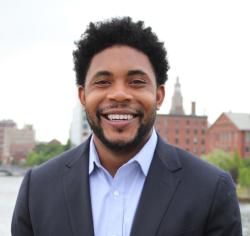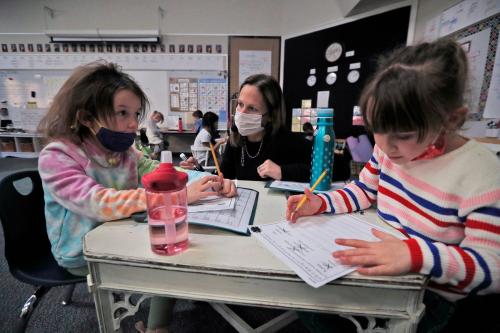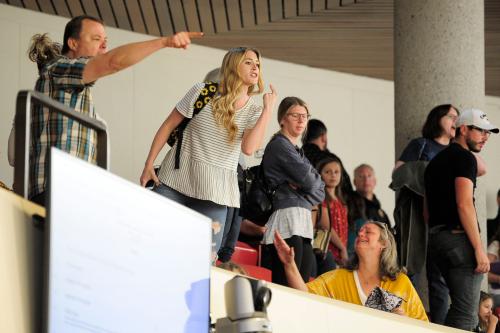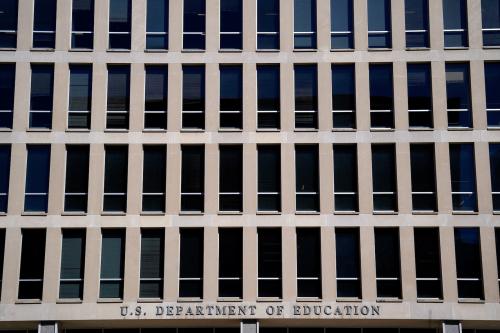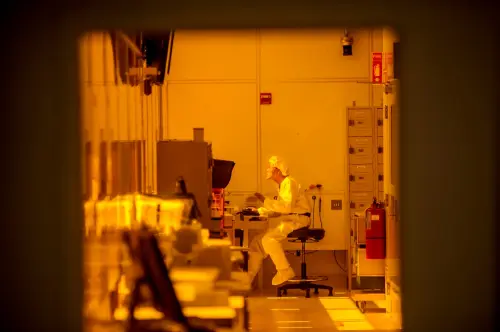Education politics has taken a front seat in the mainstream news for all the wrong reasons. Disagreements over COVID-19 precautions and the alleged use of curriculum featuring critical race theory have led to literal physical battles at school-board meetings. In this context, there’s reason to ask how districts can find ways to foster healthy public discourse around local education issues.
Can school districts turn to civic engagement during a time when the loudest voices seem to lack civility? Indeed, they can. A stream of recent democratic innovation initiatives, including a recent research effort conducted by our team—the Brown University PAVED Research Group—offers a potential blueprint.
Participatory budgeting in Central Falls, Rhode Island
In May 2021, school districts across the country were deciding what to do with their share of the American Rescue Plan Act’s Elementary and Secondary School Emergency Relief (ESSER) funds. Most districts were putting money toward technology and other supports to combat learning loss and social-emotional challenges from the pandemic. Central Falls Public School District (CFPS) in Rhode Island did this, too, but they also set aside funds for work that most districts were not doing. They put $100,000 toward a participatory budgeting (PB) initiative. PB is a process that directly engages the public in brainstorming ideas, developing proposals, and voting on how to use public resources. CFPS hoped to start a public discussion about how to allocate funds to address local needs. With one of the highest poverty rates and the largest share of multilingual learner/English learner students in Rhode Island, CFPS had plenty of needs to address.
For the PB initiative, Central Falls recruited a group of 33 delegates (17 parents and 16 students) to develop potential plans for the funding. The delegates circulated surveys in the community, collecting 240 ideas in response. CFPS then organized a series of 16 meetings—two per week over eight weeks—for delegates to draft a set of proposals that would be voted on by the larger community. On the hottest day of the year, 146 parents and students showed up to cast votes on official ballots put together by the Rhode Island Office of the Secretary of State. The voters chose to invest in after-school programming. A lack of high-quality after-school options, it turns out, had been a problem hiding in plain sight.
We documented and analyzed how PB worked in CFSB. Our findings appear in a newly released report and, we believe, contain insights relevant to districts well beyond Central Falls.
Part of our analysis focuses on the delegates themselves. We interviewed delegates before and after the initiative, which allowed us to see how their perspectives changed and how they looked back on the process. We saw increases in delegates’ desires for public engagement. After the process, they expressed more intent to contact schools when they had a concern, participate in group discussions, and work to build agreement within groups. They were also more likely to say that they would engage in civic activities like joining an organization to support local schools or becoming active on a local committee.
We also surveyed voters. These voters—almost half of whom completed the survey in Spanish or Portuguese—overwhelmingly felt satisfied with the options on the ballot. Moreover, they expressed strong levels of efficacy, with almost 90% of voters indicating that they felt that they could influence school district policy.
Participatory democracy across the country
Central Falls is not the only district that has turned to democratic innovation to identify and address big problems. In Houston, student leaders who serve on their student congress, or “StuCon,” took the initiative to develop and administer surveys about school reopenings during the pandemic. Upon noticing that all of the district’s efforts had been targeted toward parents, teachers, and staff, the StuCon circulated their survey to peers as a way to amplify student voice. Because of their efforts, the district adopted a plan that prioritized one of the students’ leading issues—a quality virtual learning option for the first six weeks of the fall 2020 semester.
Before Central Falls and Houston, there was Albuquerque. In 2010, an organization called Everyday Democracy (ED) organized the Strong Start for Children (SSFC) citizens’ deliberation to identify policies and practices that could be used to strengthen the quality of early childhood education. ED partnered with local community organizations, which recruited 290 community members from across Albuquerque to participate in small group deliberations called “dialogue circles.” Through these deliberations, they shared ideas with representatives who then raised the ideas at the 2011 SSFC Policy Forum in Santa Fe. The policy forum itself featured small group deliberations with community members and policymakers. As a result of SSFC, the University of New Mexico Family Development Program created an early childhood development and education resource directory. There was even healthy spillover, as the New Mexico state legislature went on to pass a tribal-language preservation bill.
These are all different models, but the unifying theme is that they all demonstrate the potential of what can be accomplished when governments empower communities to work through big problems together. Just in the short term, democratic engagement has led to new after-school programming, a smarter school reopening response, and improved access to high-quality early childhood education centers. But the long-term benefits could be even more significant. These efforts show us that civil, solution-oriented discourse is possible, and can be constructive—especially during a time when public dialogue often appears threatening.
The Brookings Institution is committed to quality, independence, and impact.
We are supported by a diverse array of funders. In line with our values and policies, each Brookings publication represents the sole views of its author(s).
